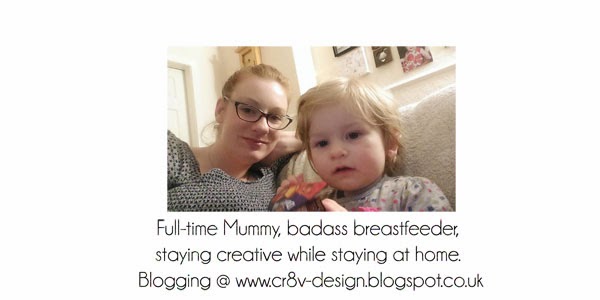I recently posted about the Perception Of Colour and why people view colour so differently.
I'm a bit obsessed by colour and the effects it can produce in viewers. Colours used together can create strong emotions in the user.
From The Little Book Of Calm - ♥ Visualise a sunset. Even though sunsets may sometimes be sad, they are
always peaceful. And pink ones are even more peaceful. ♥
| https://www.facebook.com/errigal.hostel |
Now comes to why this is important when designing a user interface. Why should you bother worrying about colours your users will see when all you want is to use the colours you love? What if you want to use colours that clash like yellow and purple? How do you know what is going to cause perception problems?
Choosing how to design a user interface is a virtual minefield in design, you need to ask yourself first of all who your target audience is, then who the secondary audience will be?
These are questions you should be familiar with before you even begin exploring what colours your design should hold. Don't choose colours that you want to use, be aware of what effect this will have on the viewer and if there will be perception issues because of it.
I read an interesting quote by Ira Glass about 'good work' - https://www.facebook.com/cr8vdesigns/posts/373592662676746
Colour Schemes
| Monochromatic |
A single colour scheme is used in the monochromatic colour scheme, with variations in
brightness and saturation. This has a soothing effect on the viewer, because of the lack of contrast. This colour scheme creates a calming effect and is viewed as professional by the viewer.
| Complementary |
Colours adjacent to each other are the complementary colour.
The contrast in a complementary colour scheme creates a vibrant look
especially when used at full saturation.
Complementary colour schemes are hard to use in large doses and cause perception issues when placed to close together, but work well when you want something to stand
out.
Complementary colours are really bad for text as the colours appear to move because of the vibrancy of the hues used.
| Analogous |
Colours that are next to each other are analogous. They usually match well and create serene and comfortable designs.
Analogous
colour schemes are often found in nature and are harmonious and pleasing to the
eye.
Choose one colour to dominate, a second to support and the third can be
used as an accent.
| Triadic |
Colours that are evenly spaced around the colour wheel are triadic.
Triadic colour schemes tend to be quite vibrant, even when pale or
unsaturated versions of the hue is used.
To use a triadic
harmony successfully, the colours should be carefully balanced - allow one colour to
dominate and use the two others for accent.
| Split-Complementary |
The split-complementary colour scheme is a variation of the complementary scheme.
As well as a base colour, it uses the two colours adjacent to its
complement.
This scheme has the same contrast as in the
complementary scheme, but has less tension.
This is a good colour scheme for
beginners, because its hard to mess up.
| Rectangle (tetradic) |
This scheme uses four colours arranged to two
complementary pairs.
It is a rich colour scheme that has lots of choice for variety.
Tetradic colour schemes work well if you allow one colour to dominate
Pay
attention to the balance between warm and cool colours you use in your design.
| Square |
This scheme is similar to the rectangle, but with four colours evenly spaced around the colour wheel.
Square colour schemes work well if you allow one hue to dominate.
Again, pay attention to the balance between warm and cool
colours in your design.
Images taken from http://www.tigercolor.com/color-lab/color-theory/color-harmonies.htm
Get in touch if you have any questions at all and don't forget to take a look at my Pinterest account!


No comments:
Post a Comment